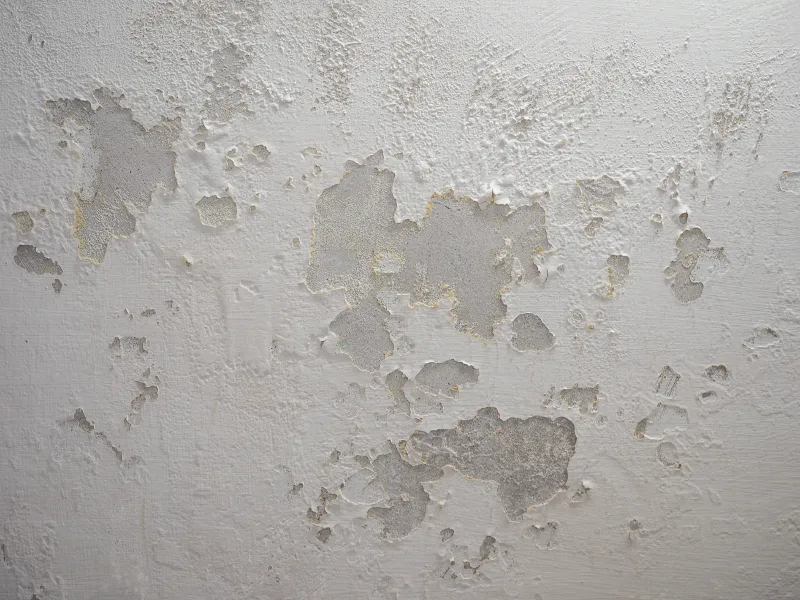Do's & Don'ts of Water Restoration.
Do's & Don'ts of Water Restoration.
Blog Article
The article in the next paragraphs on the subject of Safety Tips To Prevent Fire And Water Damage is immensely compelling. You should take a peek.

Water provides life, water intrusion on components where it's not meant to be can result in damages. It can peel off away surface areas and also wear down the foundation if the water saturates right into your framework. Mold as well as mold also thrive in a moist setting, which can be unsafe for your wellness. Homes with water damage smell old and also moldy.
Water can originate from lots of resources such as tropical storms, floodings, burst pipelines, leaks, and also sewer issues. In case you experience water damage, it would be excellent to recognize some security preventative measures. Here are a couple of guidelines on how to manage water damages.
Do Prioritize Home Insurance Policy Protection
Water damage from flood because of heavy winds is seasonal. You can additionally experience an unexpected flooding when a faulty pipeline suddenly breaks into your residence. It would be best to have house insurance coverage that covers both disasters such as all-natural catastrophes, and also emergency situations like broken plumbing.
Do Not Fail To Remember to Turn Off Utilities
In the event of a disaster, specifically if you live in a flood-prone location, it would be recommended to switch off the major electric circuit. This removes power to your entire house, protecting against electric shocks when water can be found in as it is a conductor. Moreover, do not forget to switch off the main water line shutoff. When floodwaters are high, furnishings will walk around and trigger damages. Having the major shutoff turned off stops further damage.
Do Keep Proactive as well as Heed Weather Condition Informs
Pay attention to discharge cautions if you live near a lake, creek, or river . Doing so minimizes possible home damage.
Do Not Disregard the Roofing System
Prior to the weather condition turns terrible, see to it you have a roof covering assessment. It would certainly be sensible to receive this solution annually as it can alleviate complex problems. If there are no holes and also leaks in your roofing, you can avoid rain damage. Your roofer will likewise take care of faulty rain gutters or any other indicators of weakening. This will certainly stop water from streaming down your walls and saturating your ceiling.
Do Take Note Of Little Leaks
A ruptured pipe doesn't happen over night. Typically, there are red flags that show you have deteriorated pipelines in your house. For instance, you may see bubbling paint, peeling off wallpaper, water streaks, water spots, or trickling sounds behind the wall surfaces. Eventually, this pipe will burst. Preferably, you must not wait for points to intensify. Have your plumbing repaired before it results in large damages.
Do Not Panic in Case of a Ruptured Pipe
When it comes to water damages, timing is crucial. Thus, if a pipeline bursts in your home, promptly closed off your major water valve to reduce off the resource. Call a reliable water damages repair expert for aid.
Water gives life, water breach on parts where it's not supposed to be can result in damage. Homes with water damages smell mildewy and also old.
Water damage from flood dues to heavy winds is seasonal. You might see bubbling paint, peeling wallpaper, water touches, water stains, or trickling audios behind the wall surfaces. When it comes to water damages, timing is key.
Some Do's & Don't When Dealing with a Water Damage
DO:
Make sure the water source has been eliminated. Contact a plumber if needed. Turn off circuit breakers supplying electricity to wet areas and unplug any electronics that are on wet carpet or surfaces Remove small furniture items Remove as much excess water as possible by mopping or blotting; Use WHITE towels to blot wet carpeting Wipe water from wooden furniture after removing anything on it Remove and prop up wet upholstery cushions for even drying (check for any bleeding) Pin up curtains or furniture skirts if needed Place aluminum foil, saucers or wood blocks between furniture legs and wet carpet Turn on air conditioning for maximum drying in winter and open windows in the summer Open any drawers and cabinets affected for complete drying but do not force them open Remove any valuable art objects or paintings to a safe, dry place Open any suitcases or luggage that may have been affected to dry, preferably in sunlight Hang any fur or leather goods to dry at room temperature Punch small holes in sagging ceilings to relieve trapped water (don't forget to place pans beneath!); however, if the ceiling is sagging extremely low, stay out of the room and we'll take care of it DO NOT:
Leave wet fabrics in place; dry them as soon as possible Leave books, magazines or any other colored items on wet carpets or floor Use your household vacuum to remove water Use TV's or other electronics/appliances while standing on wet carpets or floors; especially not on wet concrete floors Turn on ceiling fixtures if the ceiling is wet Turn your heat up, unless instructed otherwise

I was brought to that editorial about Simple Solutions To Preventing Fire And Water Damage To Your Home from a good friend on our other web page. Kindly take the time to share this blog if you appreciated it. Thank you for your time. Kindly come visit our blog back soon.
Report this page